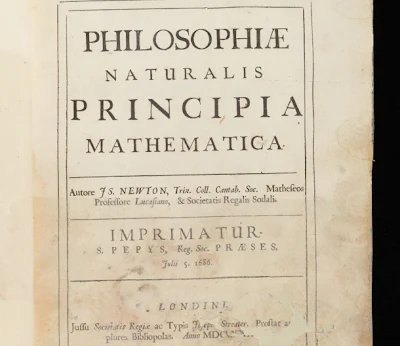Το
νεφέλωμα του Γλάρου είναι ένα από τα πιο όμορφα νεφελώματα. This
wide-field view captures the evocative and colourful star formation region of
the Seagull Nebula, IC 2177, on the borders of the constellations of Monoceros
(The Unicorn) and Canis Major (The Great Dog). This view was created from
images forming part of the Digitized Sky Survey 2. Credit: ESO/Digitized Sky
Survey 2. Acknowledgement: Davide De Martin
Το
Νότιο Ευρωπαϊκό Παρατηρητήριο (ESO) έδωσε στη δημοσιότητα μια νέα λεπτομερή
φωτογραφία του νεφελώματος IC 2177 που οι επιστήμονες έχουν ονομάσει «Νεφέλωμα
του Γλάρου», αφού η εικόνα του θυμίζει το θαλασσοπούλι ενώ πετάει.
The Seagull nebula,
seen in this infrared mosaic from NASA's Wide-field Infrared Survey Explorer,
or WISE, draws its common name from it resemblance to a gull in flight. But it
depends on your point of view. When the image is rotated 180 degrees it bears a
passing resemblance to a galloping lizard -- or perhaps a dragon or a dinosaur.
The image spans an area about seven times as wide as the full moon, and three
times as high (3.55 by 1.37 degrees), straddling the border between the
constellations Monoceros and Canis Major (the Big Dog). So you might say this
lizard is running with the Big Dog, while the gull is flying from it.
Astronomers catalog
the nebula as IC 2177. This cosmic cloud is one of many sites of star formation
within the Milky Way galaxy. It is located 3,800 light-years away from Earth,
inside the Orion spur -- the same partial spiral arm of the Milky Way where our
solar system is located. The nebula is nearly 240 light-years across.
Astronomers list
the region near the seagull's eye (or lizard's hip) as NGC 2327, which contains
a cluster of stars born about 1.5 million years ago. The eye is the brightest
and hottest of the newborn stars in the entire nebula, and heats up the dust so
that it glows in infrared light.
All four infrared
detectors aboard WISE were used to make this image. Color is representational:
blue and cyan represent infrared light at wavelengths of 3.4 and 4.6 microns,
which is dominated by light from stars. Green and red represent light at 12 and
22 microns, which is mostly light from warm dust. Photo credit:
NASA/JPL-Caltech/UCLA
Το
νεφέλωμα βρίσκεται σε απόσταση 3.700 ετών φωτός από την Γη ανάμεσα στους
αστερισμούς του Μονόκερου και του Μεγάλου Κυνός. Την νέα εικόνα κατέγραψε η
κάμερα Wide Field Imager του τηλεσκοπίου 2,2 μέτρων MPG/ESO στο Αστεροσκοπείο
La Silla στη Χιλή.
Η
κάμερα έκανε «ζουμ» σε μια περιοχή του νεφελώματος όπου η αλληλεπίδραση του
φωτός και της υπεριώδους ακτινοβολίας των θερμών άστρων με τη κοσμική ύλη
(αέρια, σκόνη) δημιουργούν ένα λαμπερό πολύχρωμο περιβάλλον. Οι αλληλεπιδράσεις
«ζωγραφίζουν» κάποιες περιοχές με κοκκινωπή απόχρωση και άλλες με γαλαζωπή.
This video sequence
starts with a broad view of the Milky Way before closing in on the familiar
bright star Sirius and the nearby constellation of Orion (The Hunter). We see a
faint red object resembling a bird in flight — the Seagull Nebula (IC 2177) and
zoom in on what turns out to be a dramatic star formation region. The final
view of the "wings" of the seagull is a detailed new image from the
Wide Field Imager on the MPG/ESO 2.2-metre telescope. Credit:ESO/Digitized Sky
Survey 2/Nick Risinger (skysurvey.org). - Panning across part of the Seagull
Nebula: This pan video gives a close-up view of the intricate structure of part
of the Seagull Nebula. These wisps of gas and dust are known as Sharpless 2-296
and form part of the "wings" of the celestial bird. This region of
the sky is a fascinating muddle of intriguing astronomical objects — a mix of
dark and glowing red clouds, weaving amongst bright stars. This new view was
captured by the Wide Field Imager on the MPG/ESO 2.2-metre telescope at ESO's
La Silla Observatory in Chile. Credit:ESO

















